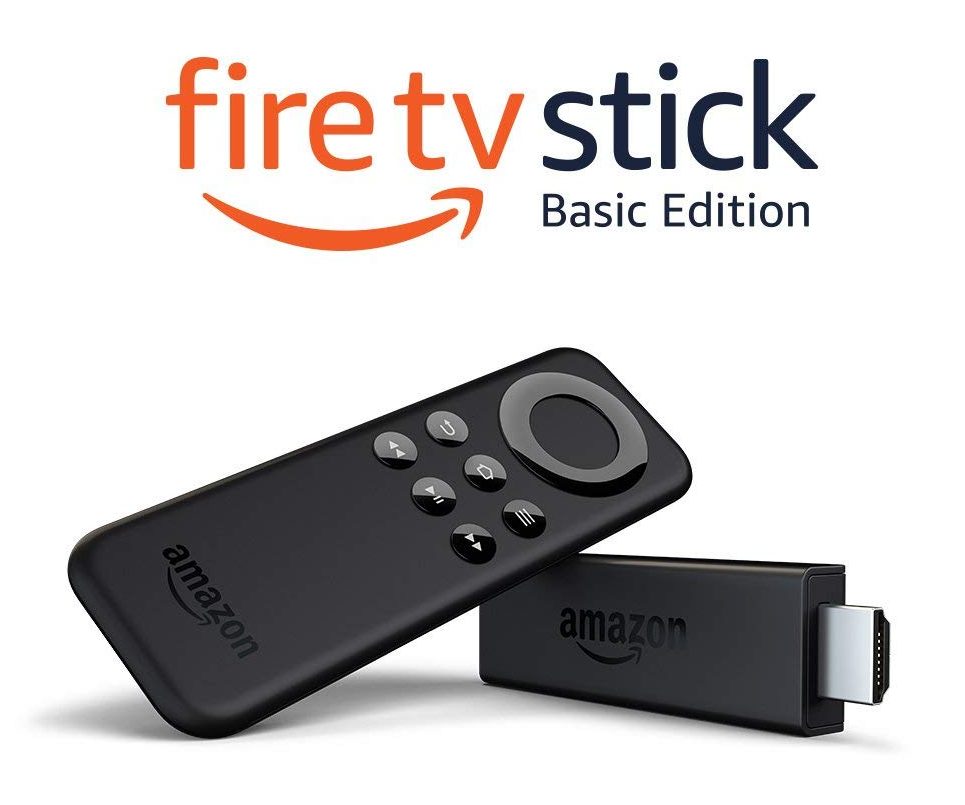
Consumer Devices Are Increasingly Going Commercial, The Latest: Signagelive Adds Fire TV Stick Support
July 19, 2019 by Dave Haynes
When HDMI media player sticks like Amazon’s Fire TV first came on the market a few years ago, some smaller companies and enterprising digital signage nerds started playing around with it, wondering if it could serve as a very low-cost media player.
It was reasonable to look at those efforts and results, and conclude that while they “got it to work” on this system or that, the capabilities were limited.
But companies like the UK’s ScreenCloud and Modesto, CA-based Play Signage have built at least part of their go-to-market pitch around the sticks, because the sticks cost $50 USD. End-users and solutions companies have been steadily trying to reduce capital costs out of signage for many years, and $50 is LOW.
It helps that the things are pretty solid, reliable units, and made/backed by a monster of a company, versus countless media playback devices coming from completely unfamiliar Shenzhen companies.
I note all this because one of the more well-established players on the software side of this business has now integrated with and supports the Fire TV sticks. Signagelive has a loooooong history of sniffing out trends and being early adopters for new devices and technologies, so it is no great surprise to see it touting support for the sticks.
“We have been extremely impressed with the performance,” CEO Jason Cremins tells me, “and it delivers the equal/better capabilities than most of the players we support, including 4k.”
I think we’re at a point now where set-top boxes and sticks are a genuine option for at least some digital signage applications. A handful of companies, like Tightrope Media Systems and Kitcast, have integrated with enterprise-grade applications of Apple TVs.
And while I have not seen any companies touting Roku media player sticks as digital signage options, it’s worthwhile noting that BrightSign – which may sell more media players than anyone these days – is a spin-off of Roku, with plenty of shared engineering DNA.
Does this mean even fewer signage jobs will deploy on personal computers? Maybe. Probably.
But what to use can’t just be a cost or form factor thing. End-users and the vendor companies working with them need to carefully sort out the type of content they’ll be using over a three to five year window, how much of that content will move and be stored, and figure out how the devices will be monitored and managed.
At $50 a pop, the easier and cheaper remedy to failures in the field would be courier’ing a pre-configured replacement stick, as opposed to sending a $125+ an hour tech on site.
These devices compete more, it could be argued, with integrated system on chip “smart” displays – whose manufacturers build the cost of media players into the screens. The argument against those is that if the media processor fails, the whole screen needs to come down. I’m not sure that happens much, at all, though.



Thanks for the coverage, Dave.
For those interested, the full announcement can be found here:
https://signagelive.com/blog/2019/07/22/signagelive-brings-enterprise-digital-signage-to-amazon-fire-tv/